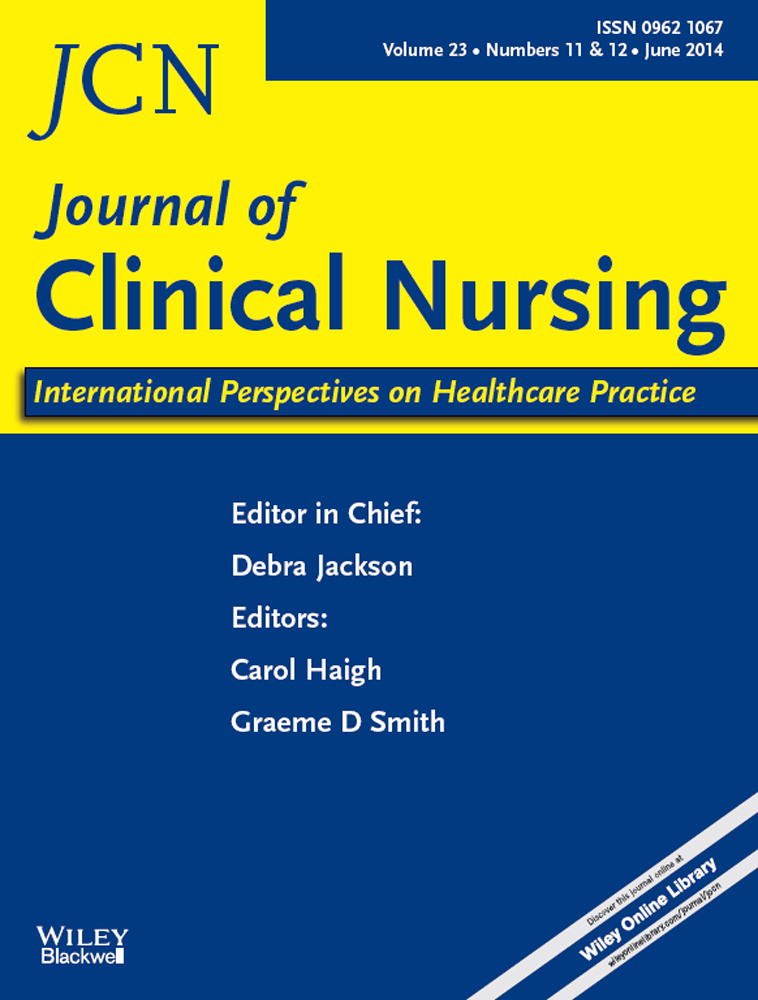The effectiveness of different concentrations of chlorhexidine for prevention of ventilator-associated pneumonia: a meta-analysis
Abstract
Aims and objectives
To evaluate the effectiveness of chlorhexidine for the prevention of ventilator-associated pneumonia and explore the preferred concentration of chlorhexidine.
Background
The implementation of effective oral care measures could reduce the incidence of ventilator-associated pneumonia, but among several randomised controlled trials, whether using chlorhexidine is effective and which concentration is more appropriate remain controversial.
Design
A meta-analysis was conducted.
Methods
We searched the Cochrane Library, PubMed, Embase, Cumulative Index to Nursing and Allied Health Literature, China Biology Medicine disc and Chinese National Knowledge Infrastructure to collect randomised controlled trials of mechanically ventilated adult patients receiving oral care with chlorhexidine to prevent ventilator-associated pneumonia. The quality of randomised controlled trials was critically appraised, data were extracted by two reviewers independently, and disagreement was resolved by consensus. Meta-analyses were conducted for the eligible randomised controlled trials by revman 5.1. Relative risks and 95% CIs were calculated with the Mantel–Haenszel model, and heterogeneity was assessed with the I2 test.
Results
Eighteen randomised controlled trials were included and a meta-analysis was used. All studies indicated chlorhexidine could significantly prevent and reduce the incidence of ventilator-associated pneumonia [RR = 0·59, 95% CI (0·50–0·69), p < 0·00001]. Nine studies showed 0·12% chlorhexidine had a significant effect [RR = 0·53, 95% CI (0·43–0·67), p < 0·00001]. Three studies proved the effect of the 2% chlorhexidine on the prevention of ventilator-associated pneumonia [RR = 0·55, 95% CI (0·37–0·81), p = 0·002].
Conclusion
Chlorhexidine can prevent and reduce the incidence of ventilator-associated pneumonia. Chlorhexidine of 0·12% has the best effect on the prevention of ventilator-associated pneumonia according to the meta-analysis, cost analysis, adverse reactions and drug resistance analysis.
Relevance to clinical practice
Ventilator-associated pneumonia remains a leading cause of morbidity and mortality in intensive care unit, and implementing effective oral care can reduce the incidence of ventilator-associated pneumonia. Chlorhexidine of 0·12% is recommended in our study.




